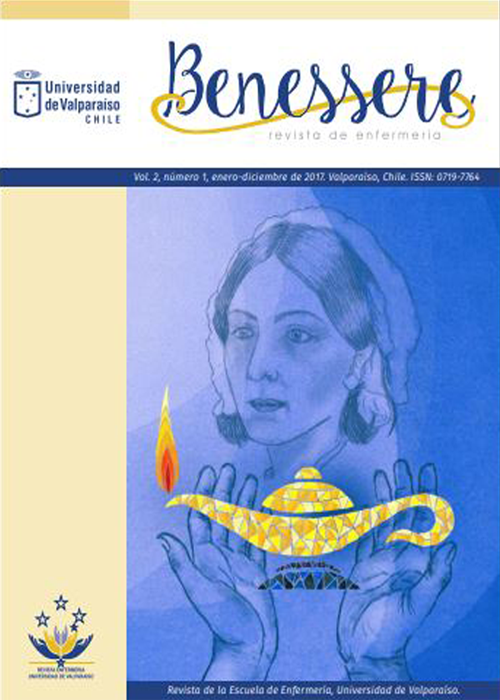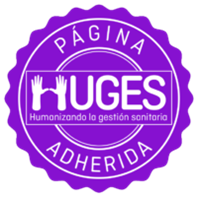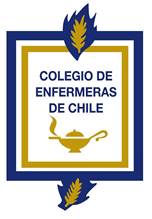Virtual reality as a strategy to reduce pain in children and adolescents during venipuncture
DOI:
https://doi.org/10.22370/bre.61.2021.2992.Keywords:
Pain, pain management, virtual Reality, child, adolescent (DeCS- Bireme)Abstract
Objective To analyze the existing literature on the effectiveness of the use of virtual reality in reducing pain in children and adolescents undergoing venipuncture. Method: narrative review, using the LILACS, Web of science, Pubmed, Scopus and Ovid Medline databases. Articles from the last 5 years were included, in full text, in Spanish, English and Portuguese. As inclusion criteria, the title incorporated the use of virtual reality in children and adolescents between 4 and 19 years of age, undergoing venipuncture. The selection was limited to original articles, critically analyzed according
to CASPE guidelines, obtaining 13 investigations. Results: The literature review included experimental, prospective and cohort studies, 38.4% conducted in Turkey and 15.3% in the United States. In 76.9% of the investigations, the use of virtual reality was effective in reducing the perception of pain. Conclusions: the use of virtual reality during venipuncture is an effective distraction intervention that significantly reduces the perception of self-reported pain in children and adolescents aged 4 to 19 years, obtaining lower scores on pain scales, compared to groups to which virtual reality was not applied.
Downloads
Downloads
Published
Issue
Section
License
Aquellos autores/as que tengan publicaciones con esta revista, aceptan los términos siguientes:
- Los autores/as conservarán sus derechos de autor y garantizarán a la revista el derecho de primera publicación de su obra, el cuál estará simultáneamente sujeto a la Licencia de reconocimiento de Creative Commons que permite a terceros compartir la obra siempre que se indique su autor y su primera publicación esta revista.
- Los autores/as podrán adoptar otros acuerdos de licencia no exclusiva de distribución de la versión de la obra publicada (p. ej.: depositarla en un archivo telemático institucional o publicarla en un volumen monográfico) siempre que se indique la publicación inicial en esta revista.
- Se permite y recomienda a los autores/as difundir su obra a través de Internet (p. ej.: en archivos telemáticos institucionales o en su página web) antes y durante el proceso de envío, lo cual puede producir intercambios interesantes y aumentar las citas de la obra publicada. (Véase El efecto del acceso abierto).









